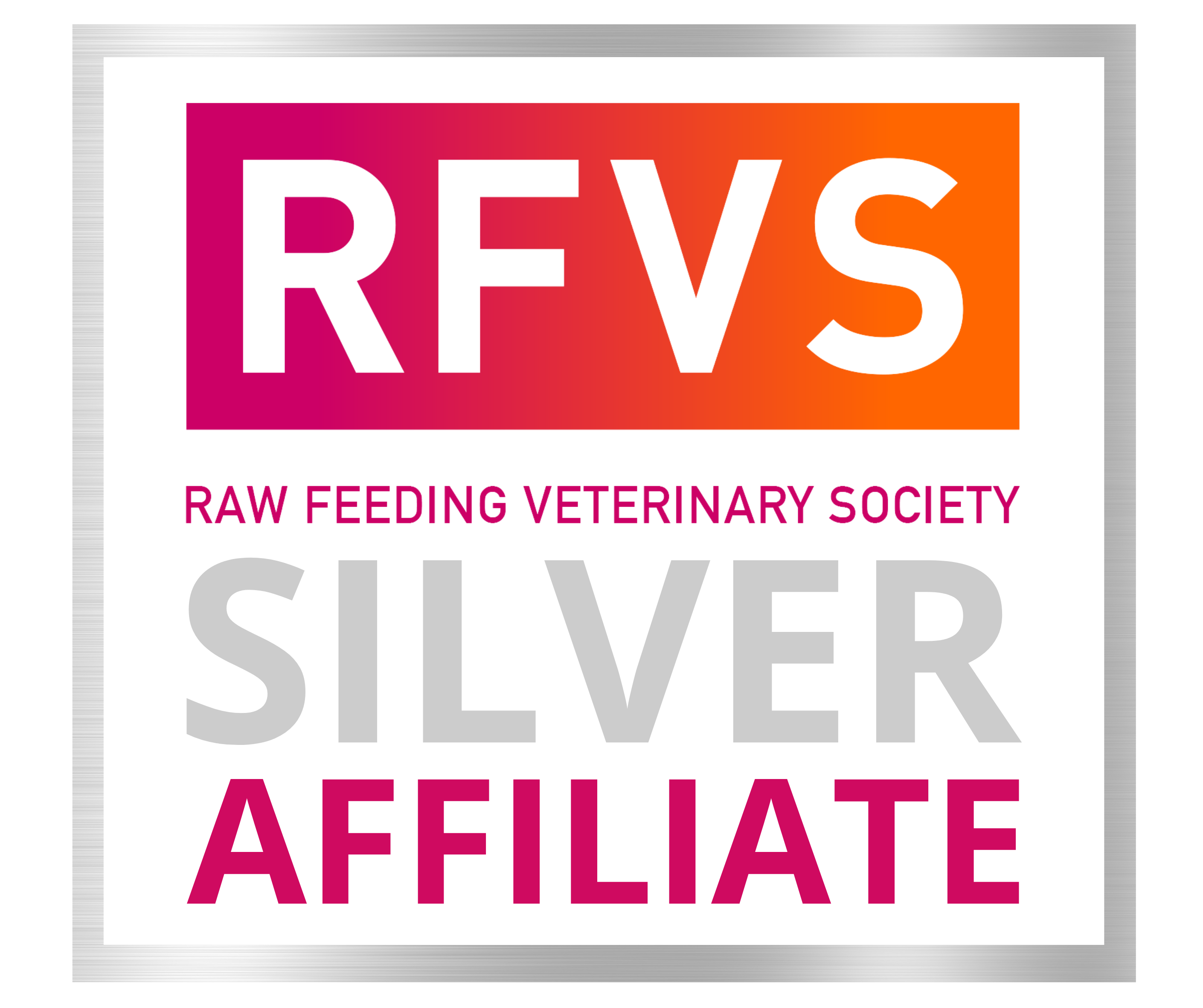Rabbit & Hare

Our hare, rabbit and wallaby is wild - shot on large stations by MPI-accredited hunters in the South Island. We will occasionally source rabbit from the North Island, although its availability is much less.
These free-ranging animals are living off our rich NZ flora, which makes them an incredibly nutritious food for cats and dogs. Wild rabbit and hare are a good source of omega-3 fatty acids - vital for controlling inflammation. They are packed full of vitamins and minerals, such as:
- niacin - regulates energy metabolism
- selenium - an important antioxidant
- phosphorus - energy metabolism, movement (locomotion), cell membrane structure
They really are the ultimate food for our pets! Cats in particular love rabbit and hare.
They are noxious pests. Rabbit and hare were introduced to New Zealand in the 1830s for food and sport. They bred prolifically (particularly rabbits) and have become an ecological disaster. Areas of vegetation grazed by rabbits have never recovered. A female can produce up to 45 offspring each year. They have had a major effect on sheep farming. Production losses and control measures probably cost the country over $100 million each year.
The primary control measure is poison. The main secondary measure of control is regular shooting. The better the secondary control, the less need there is for poison.
We only use accredited hunters who work within a strict programme to ensure no overlap (temporally or geographically) with poison drops.
Our ability to source a constant supply of rabbit, hare and wallaby is affected by several factors:
- We are limited to farms that are not using primary control measures.
- Seasonality: Winter snow makes access for hunters difficult and animals spend more time in their burrows. Breeding takes off in spring, however farmers tend to restrict hunting over this time to avoid disturbing the new lambs. Summer brings our most ready supply.
- Availability of accredited hunters: It is challenging work with modest returns. It is unlikely that the cost to consumers will come down, unless government initiatives favour and support secondary pest control control methods over the use of poison.
